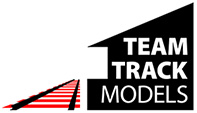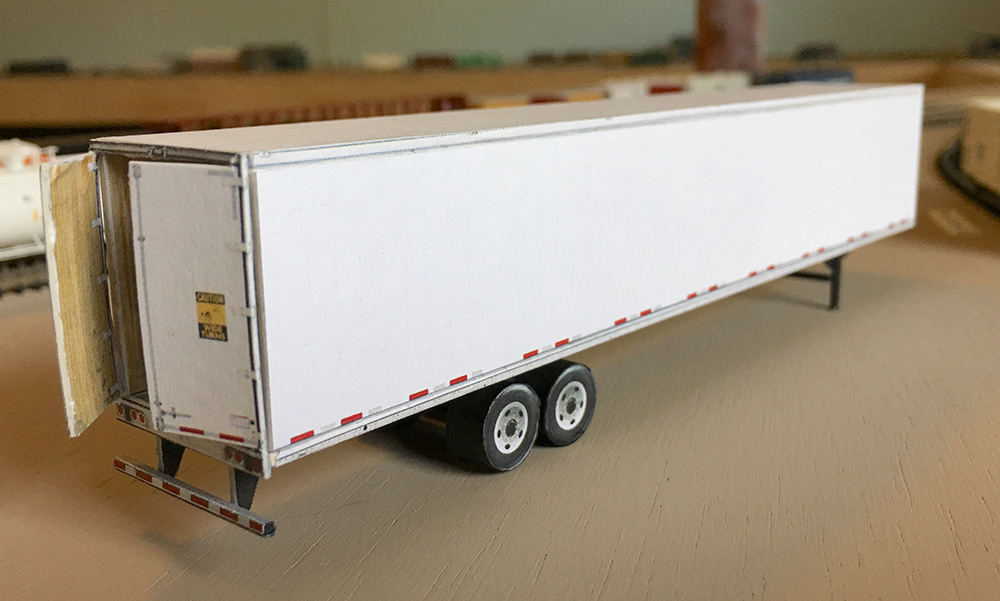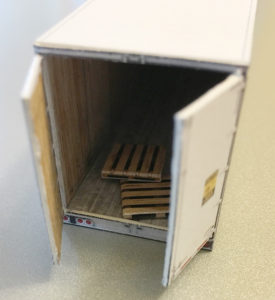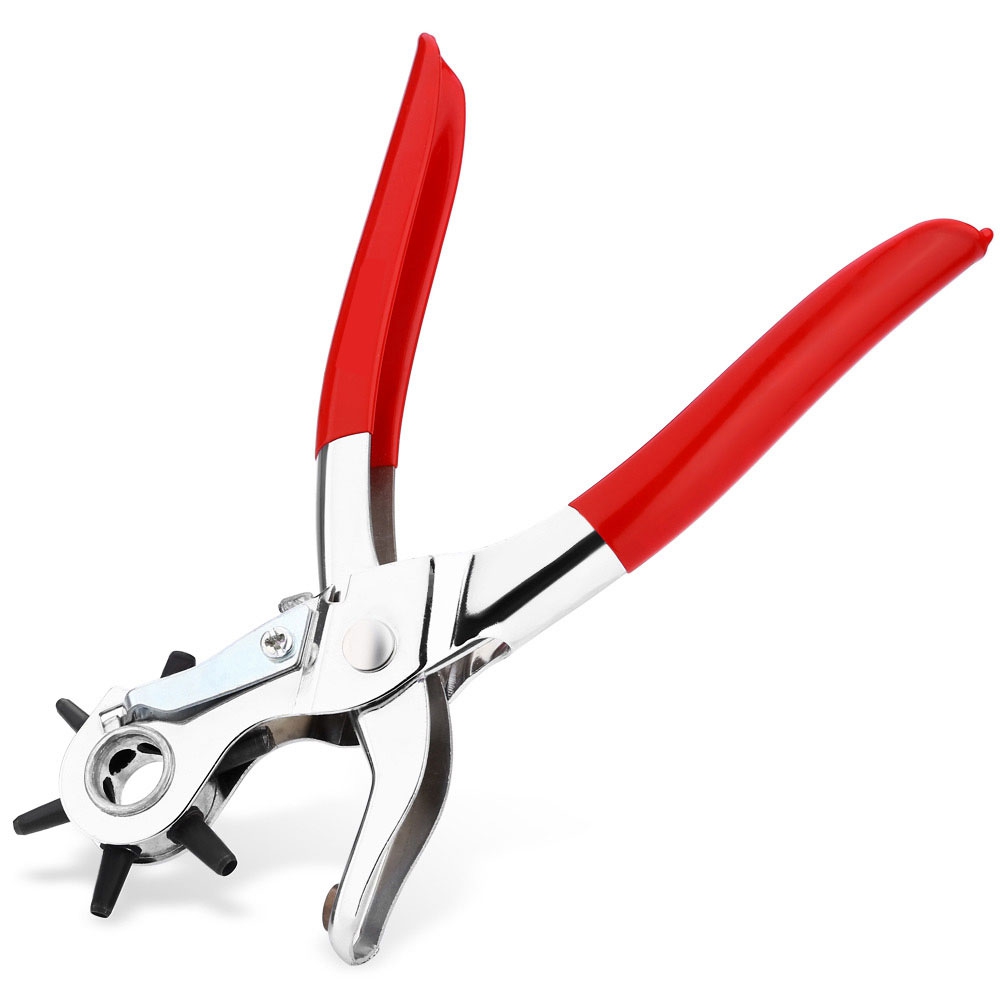In the spring of 2017 I learned something new. While working diligently on preparing as many models as we could for our public debut it seemed I always had a nasty cold or flu. This went on for about 8 weeks before I gave up and went to the doctor, who prescribed antibiotics for a sinus infection. 2 weeks later saw no improvement and it occurred to me my illness started when my aggressive modelling began, so I researched allergic reactions to glue. Sure enough, a small percentage of people are quite allergic to cyano acrylic (CA) or Super Glue. Severe congestion and cold-like symptoms would come on about 12 hours after exposure and last for 3 days (by which time I was assembling another model and repeating the cycle). I stopped using CA and the cold symptoms went away, but now have continual tinnitus buzzing in my ears ever since, which may not be the least bit related. I now have some special CA, the kind “approved for use on foam” and similar to the low allergic reaction version used in hospitals but try an avoid it unless necessary, both for my sake and for anyone else who might be allergic as well. Even my brother has given up using CA in his modelling.

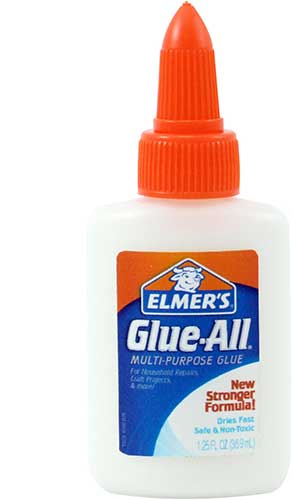
So now we only use two types of glue: PVA (white glue like Elmer’s) and glue stick.
For gluing paper to cardboard we prefer Elmer’s Extra Strength Glue Stick or their crafter’s equivalent CraftBond Extra Strength Glue Stick (not the All Purpose regular strength) brand there as well. I bonds a bit better, is very smooth and clean, and I like the snap on cap which is simply a lot easier to use, especially with sticky fingers, than screw-on caps. We use the larger sized 40 gram glue stick.
For assembling models such as walls to floors and roofs, it turns out that for paper cardstock models good old Elmer’s Glue-All is terrific. It sets fairly quick, makes an excellent bond, is easily controlled, dries nearly invisible, and is readily available everywhere. At the workbench we keep a fairly full small 1.25 ounce bottle which we refill from larger, more economical bottles. We find the small bottle is easier to handle than larger bottles.
So there you have it. We like to use PVA and glue stick in all of our paper cardstock models. If you come across CA specified in any of our models (such as the Cricket Depot instructions) you may always substitute PVA for your health and well being.
